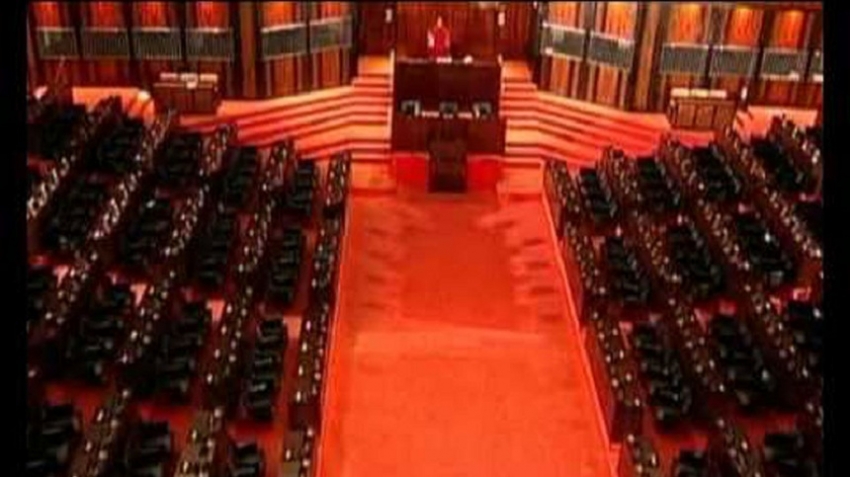The Prime Minister’s Secretary, S. Amarasekara, has issued a statement listing 12 steps that need to be followed to bring forth a motion of no confidence against the Prime Minister and for it to legally be adopted in the Parliament.It also states that the Parliament should ensure all processes mentioned are carried according to the Constitution, Standing Orders, Parliamentary tradition and procedures.The statement issued by the Secretary to the Prime Minister also states that the motion of no confidence brought against the former Prime Minister in April 2018 had been presented legally .
The following is the procedure that should be adopted to legally pass a No-Confidence Motion against the Prime Minister in Parliament.
1. The No-Confidence Motion against the Prime Minister should be handed over to the Speaker. This should have been signed by a minimum 20 MPs.
2. The Speaker should inquire the legality of this Motion through the Secretary General of Parliament.
3. The Secretary General of the Parliament should inform the Speaker that the Motion is constitutional and is in accordance with the Standing Orders of Parliament.
4. That Motion should be included into the Order Book of the Parliament.
5. The Order Book should be printed on Friday and given to all MPs.
6. The opportunity to debate the Motion in Parliament should be made after five working days.
7. The Committee on Parliamentary Business should consider the businesses mentioned in the Order Book and decide on what should be given priority.
This committee is headed by the Speaker and will comprise the Leader of the House, Chief Government Whip and a group of MPs from the parties representing the government.
A named group of Opposition MPs including the Leader of the Opposition should also be included in this committee.
Deputy Speaker and the Deputy Chairman of the Committees are also the members of this committee. Accordingly, the Leader of the House shall decide the priority given to the business of the government mentioned in the Order Book.
8. When a No-Confidence Motion is included into the Order Book, the most possible and the nearest day should be decided to debate the Motion on the concurrence of the Leader of the House and the governing party.
9. It should be informed that this Motion would be included in the Order Paper and debated on that particular day.
10. The Committee on Parliamentary Business should decide the duration given to both government and the Opposition parties to debate the No-Confidence Motion.
11. The debate, division and announcing of the result should be done on that particular day.
12. The Hansard on the parliamentary debate of that day should be issued. All these steps should be taken in accordance with the Constitution, the Standing Orders of Parliament, parliamentary tradition and the procedures.




















